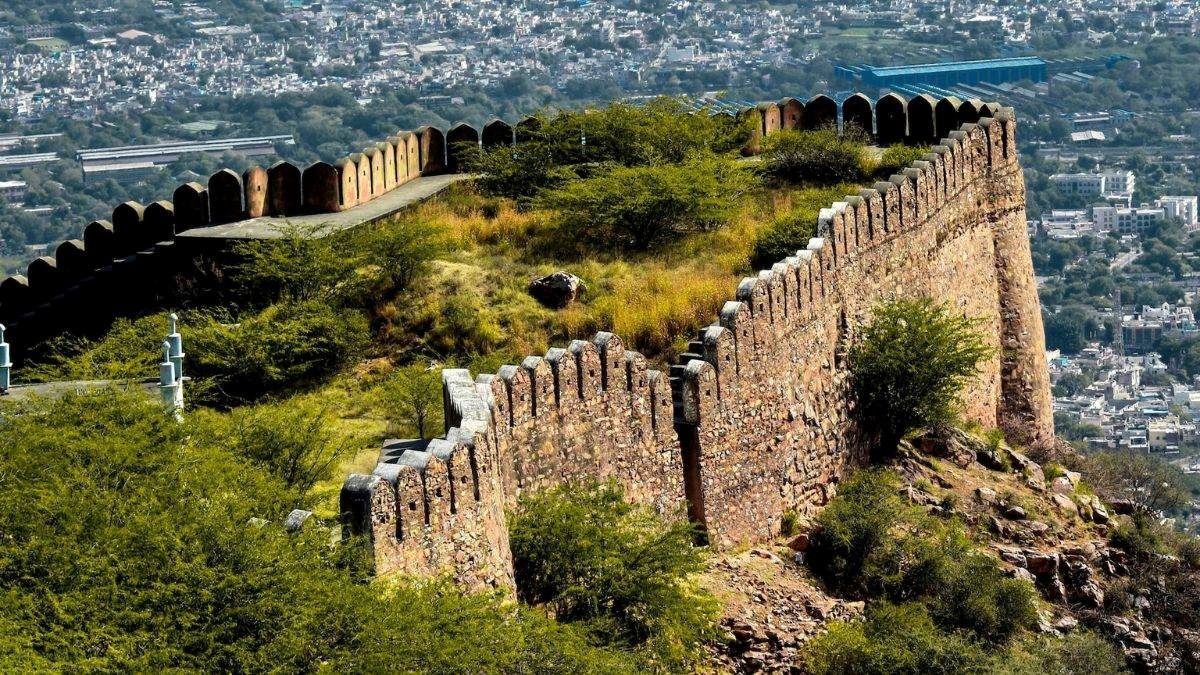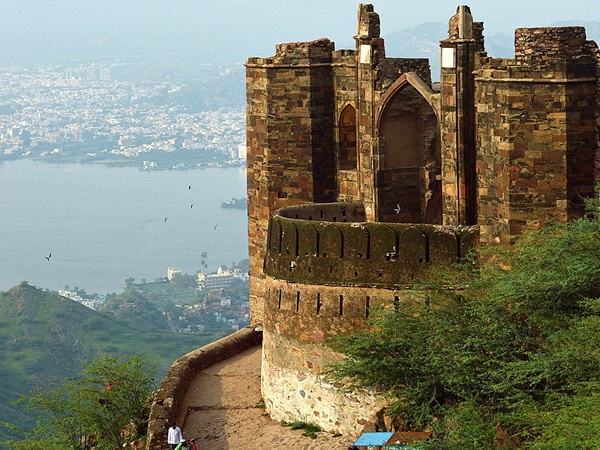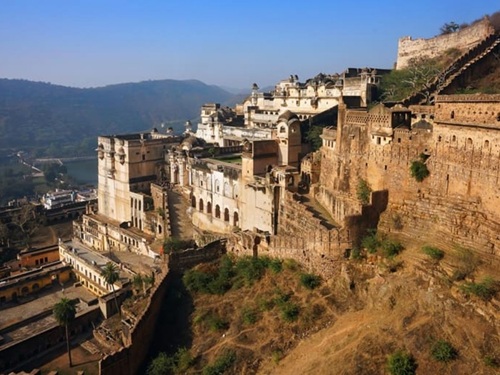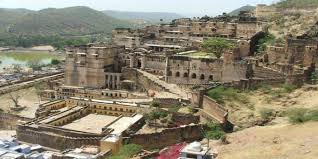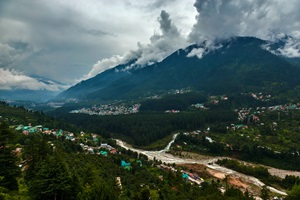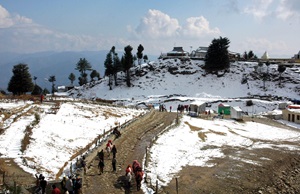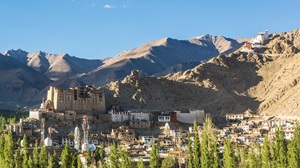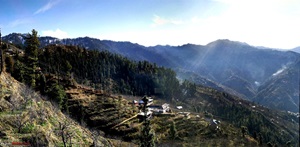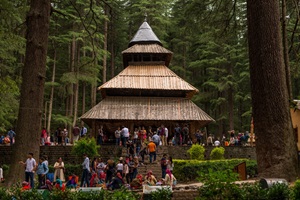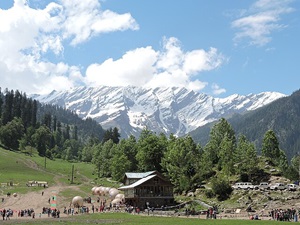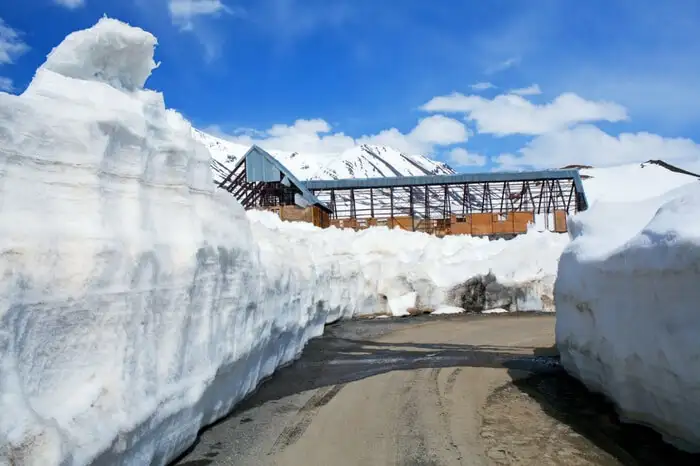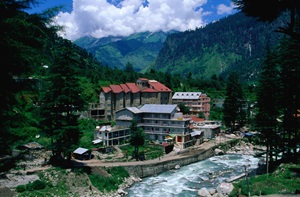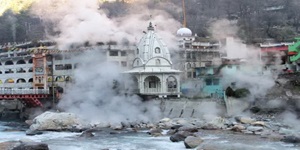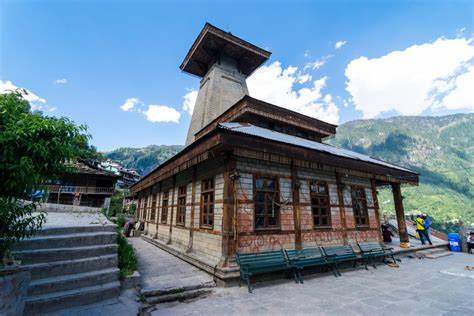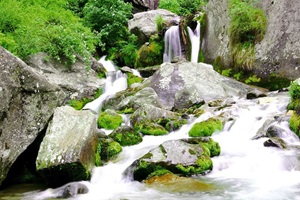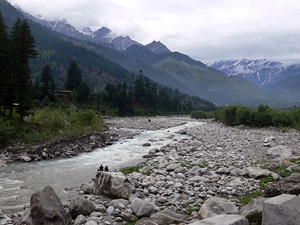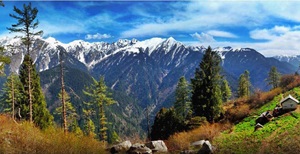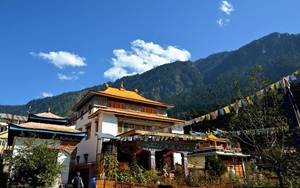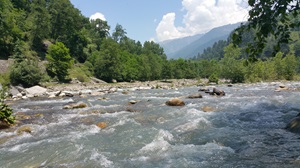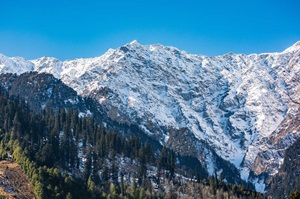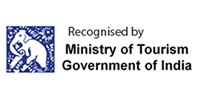Great Himalayan National Park – A UNESCO World Heritage Site
Great Himalayan National Park, nestled in the Kullu region of Himachal Pradesh, is a UNESCO World Heritage Site renowned for its rich biodiversity and breathtaking landscapes. This protected area offers a haven for nature enthusiasts, trekkers, and wildlife lovers seeking an immersive experience in the lap of the Himalayas.
Home to an array of flora and fauna, the park is a treasure trove of natural wonders, providing a serene escape from the bustling city life.
Biodiversity and Natural Beauty
The Great Himalayan National Park captivates visitors with its pristine environment and diverse wildlife:
- Flora and Fauna: The park is home to over 375 species of fauna, including the elusive snow leopard, Himalayan tahr, and a variety of bird species.
- Stunning Landscapes: From lush green valleys to snow-capped peaks, the park offers breathtaking views at every turn.
Trekking Adventures
The park is a trekker's paradise, offering trails that cater to both beginners and experienced hikers:
- Accessible Trails: Popular treks include the Tirthan Valley Trek, Sainj Valley Trek, and Raktisar Trek.
- Scenic Experiences: Trekking routes take you through alpine meadows, dense forests, and sparkling streams, offering an unforgettable adventure.
Cultural Significance
The park is not only a natural wonder but also holds cultural and spiritual value:
- Traditional Practices: Local communities surrounding the park follow age-old customs and practices that harmonize with nature.
- Sacred Sites: Several shrines and temples within and near the park reflect the region's spiritual heritage.
Nearby Attractions
- Tirthan Valley: A picturesque destination known for its tranquil ambiance and adventure activities.
- Sainj Valley: Ideal for nature walks and exploring quaint Himachali villages.
- Kasol: A popular spot for backpackers and those seeking vibrant culture amidst natural beauty.
How to Reach
- By Road: The park is accessible via road from major towns like Kullu and Manali. Buses and taxis are readily available.
- By Air: The nearest airport is Bhuntar, approximately 60 km away, with taxi services connecting to the park.
- By Train: Joginder Nagar Railway Station, about 145 km away, is the closest railhead, with road transport options available onward.
Best Time to Visit
- Spring: March to May offers blooming flowers and pleasant trekking conditions.
- Autumn: September to November provides clear skies and stunning views of the Himalayan peaks.
Tips for Visitors
- Permits: Obtain necessary entry permits from the park authorities before visiting.
- Pack Light: Carry essentials such as water, snacks, and warm clothing for trekking and exploration.
- Respect Wildlife: Maintain a safe distance from animals and avoid disturbing their natural habitat.
